If you’re a homeowner, likely as not you’ve experienced the frustration of seeing your yard dug up in holes, or even worse, you’ve stepped in one unexpectedly and nearly broken your ankle. Holes in your yard are not just an eyesore but a safety hazard. But in another way of looking at it, these holes are also a sign of life on your property. So in this article, we’ll look at what kinds of animals typically burrow in your yard, why they do it, and how to stop them if those signs of a thriving natural habitat are happening in a place where you don’t want them.
Why Do Animals Dig Holes?
Animals dig holes to help them meet their basic needs. Sometimes they’re in search of roots, bulbs, insects, worms, grubs, or ground-nesting mammals, birds, or reptiles. Animals carve out burrows or dens for themselves for shelter from the elements and protection from predators. This also gives them a safe place to care for their young until they’re old enough to fend for themselves. They might dig in areas with ground moisture during times of drought to cool off. They dig to hide acorns or uneaten portions of a kill to come back to later. They might dig to escape from an area or get to another area, such as digging under a fence. And certainly, when it comes to pets, digging can also be a sign of frustration and anxiety. A pet without enough mental and physical stimulation might work out its energy by digging some truly legendary holes.

How to Tell What’s Digging in Your Yard
It’s not always easy to know what kind of animal might be digging in your yard. Many wild animals tend to come out around dawn and dusk, so if you sit quietly on your porch you might catch a glimpse of whatever it is. Video doorbells and motion-sensitive cameras can also capture videos of the culprits. Or you can notice the size and shape of tracks in mud or loose soil near the holes or identify the animal’s droppings based on pictures on the Internet or consulting with local wildlife officials. Here are some of the typical hole-digging wild animals found in many parts of the United States:
1. Moles
Moles are small mammals found in large areas of North America, Europe, and Asia. They live virtually their entire lives underground. They have soft, velvety fur, tiny eyes and ears, and strong shovel-like front limbs and paws that help them move dirt efficiently as they tunnel. They eat slugs, earthworms, and other kinds of invertebrates. A single mole can tunnel 18 feet an hour when soil conditions are right, creating enormous damage to a lawn.
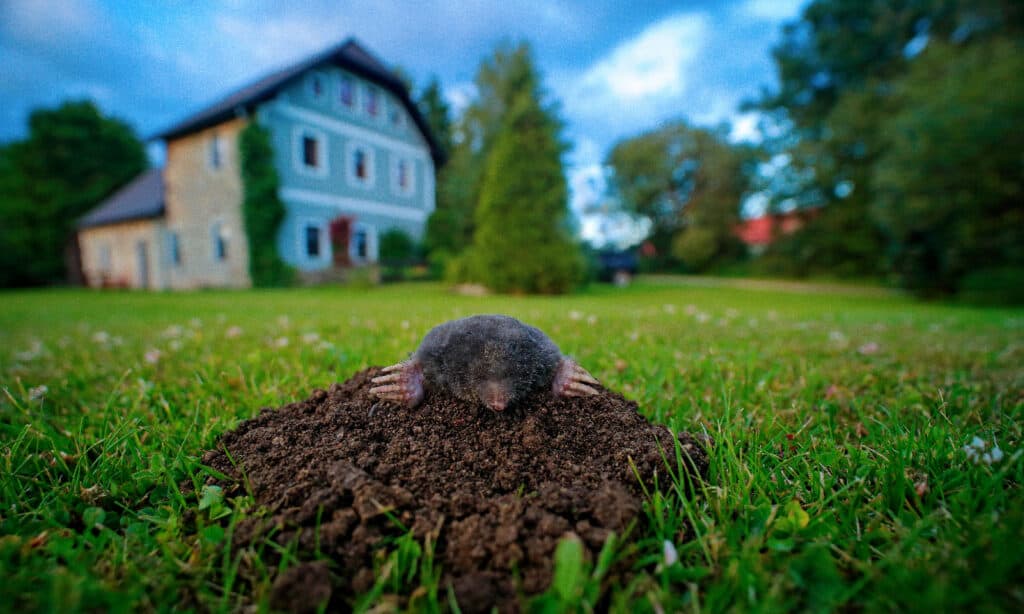
2. Skunks
Skunks of course are known for their noxious musk that they use to mark territory and defend themselves from threats. Fortunately, each time they “spray” it takes 10 days for them to “recharge.” If skunks are digging in your yard, it is usually because they are looking for grubs to eat under the sod.
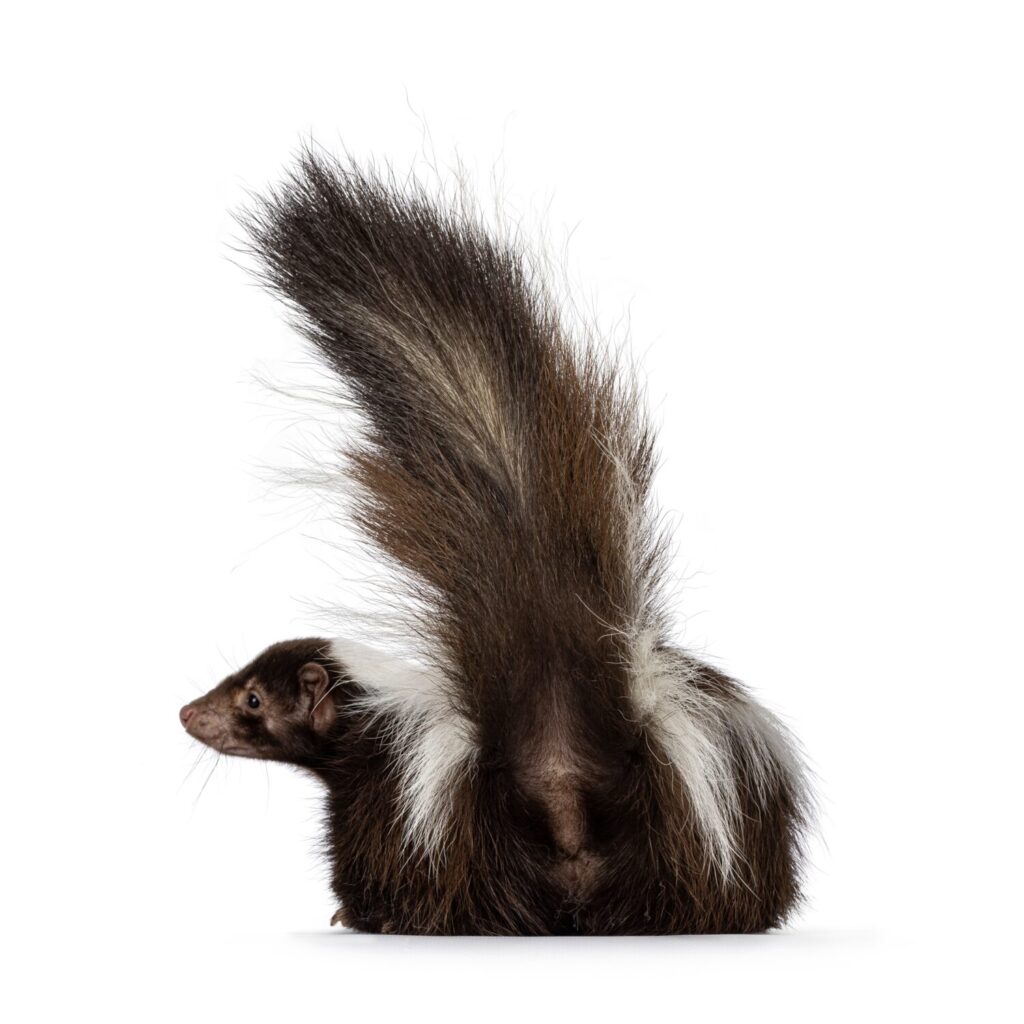
3. Groundhogs
Groundhogs are also called woodchucks. They tend to dig around gardens looking for food: fruits, seeds, and vegetable matter. They also like to dig burrows for shelter near and under decks and crawlspaces of houses, garages, and storage buildings.
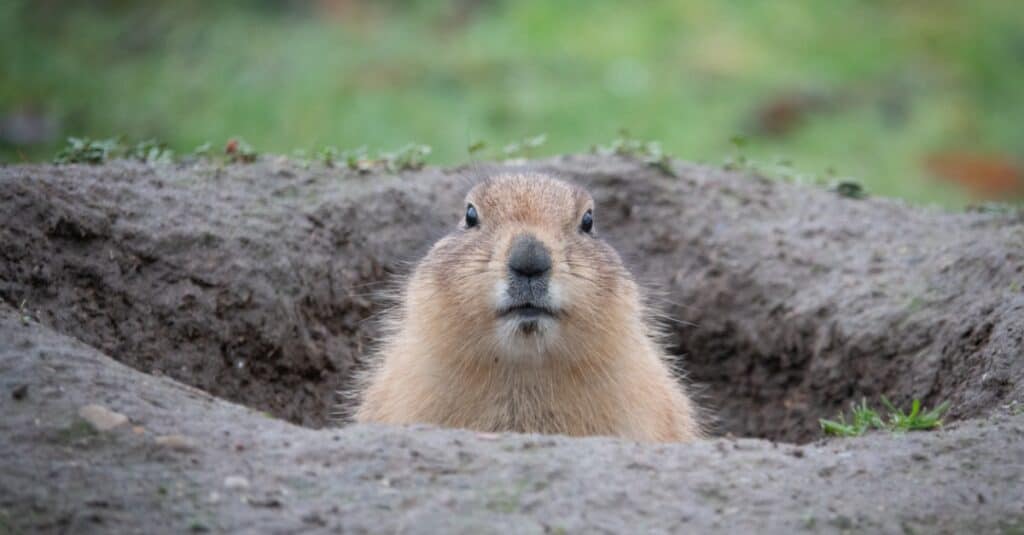
4. Gophers
Gophers, or “pocket gophers,” are a common tunneling species similar to moles. You can spot the difference though in their visible eyes and ears, large cheek pouches, and long “buck tooth” incisors. There are many species of them and they can be quite a bit larger than moles. If you live in Washington State, note that there are 4 species of mazama pocket gopher that are protected. If you have them in your yard you should call wildlife officials to remove them rather than doing anything to harm them.
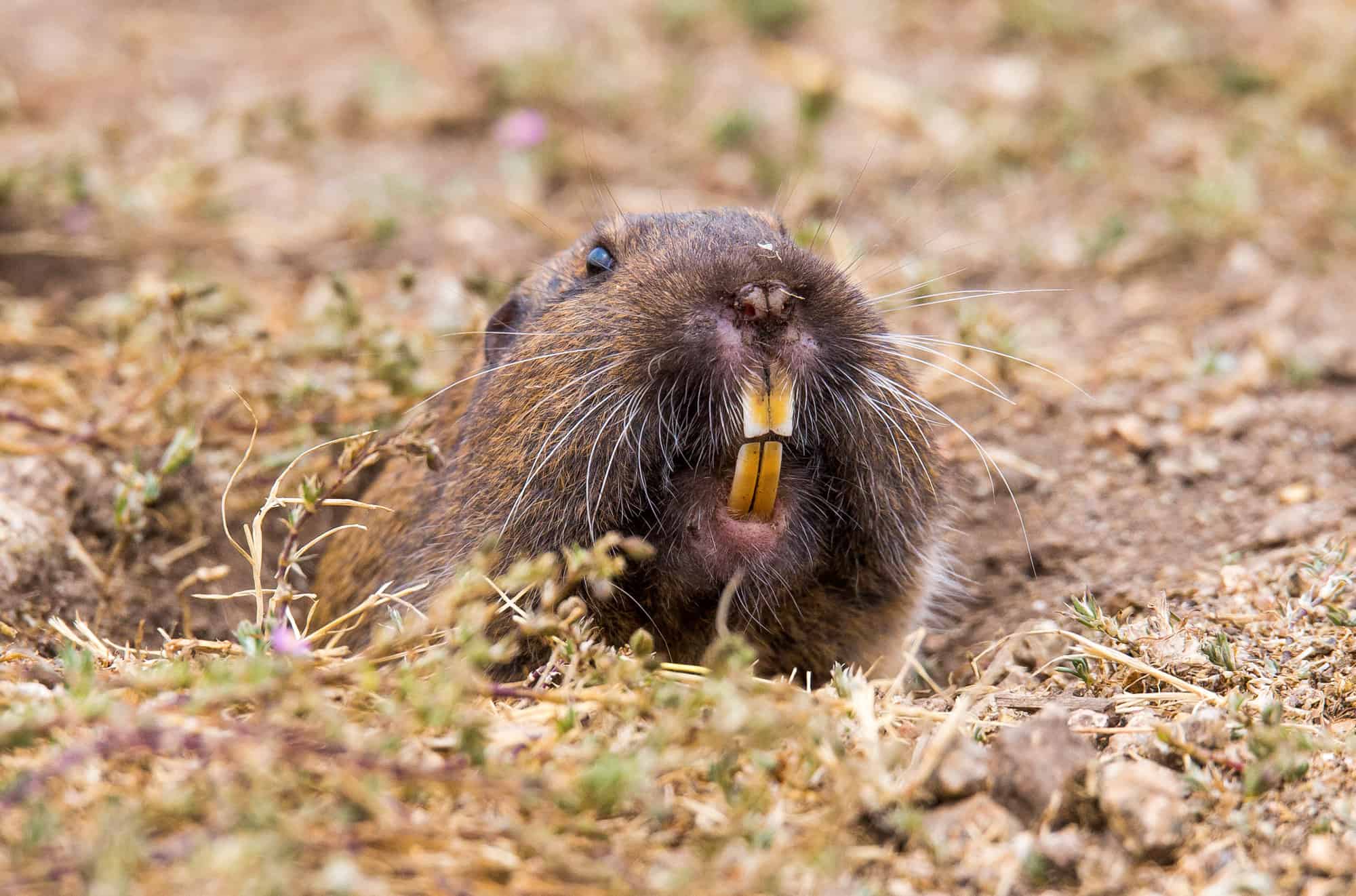
5. Ants
Nearly every ant species creates underground systems of tunnels and rooms that can be complicated and extensive. While their work aerates the soil, it also creates unsightly anthills of soil that kill out patches of grass and leave bare spots behind. Their tunnels can cause the soil to dry out and kill grass as well.
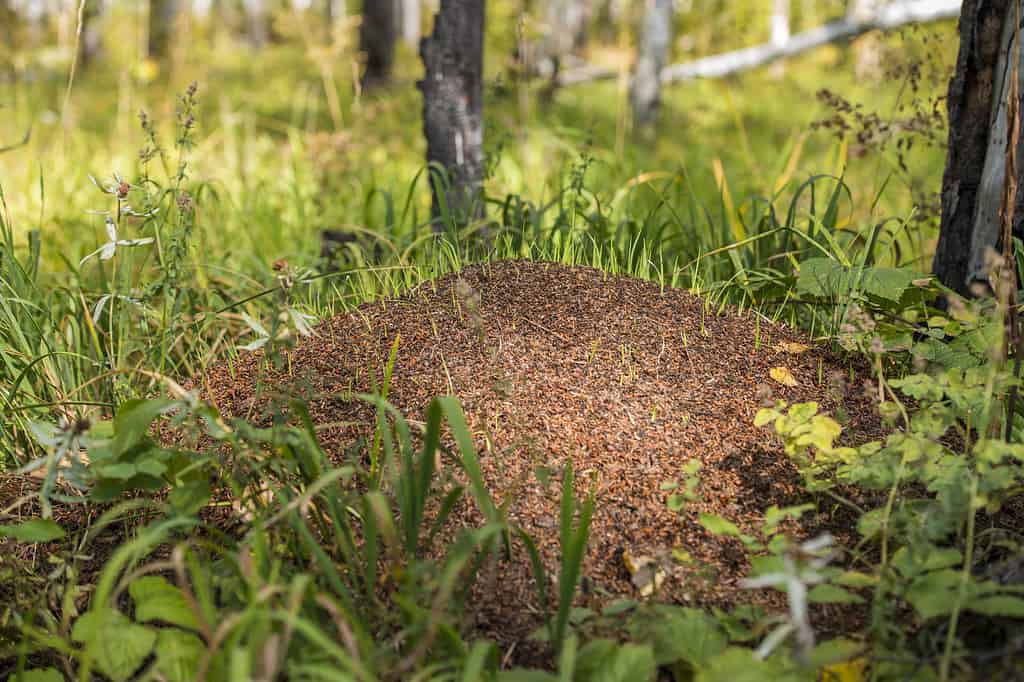
6. Owls
Burrowing owls can build their own underground homes, but they often take over burrows built by prairie dogs, squirrels, or other digging animals. They can also create nests in PVC pipes, buckets, or other tunnel-like secluded spaces in human architecture. They use their borrows not only for housing but food storage. In some examples, a homeowner has discovered an owl’s nest along with dozens of decomposing rodents.
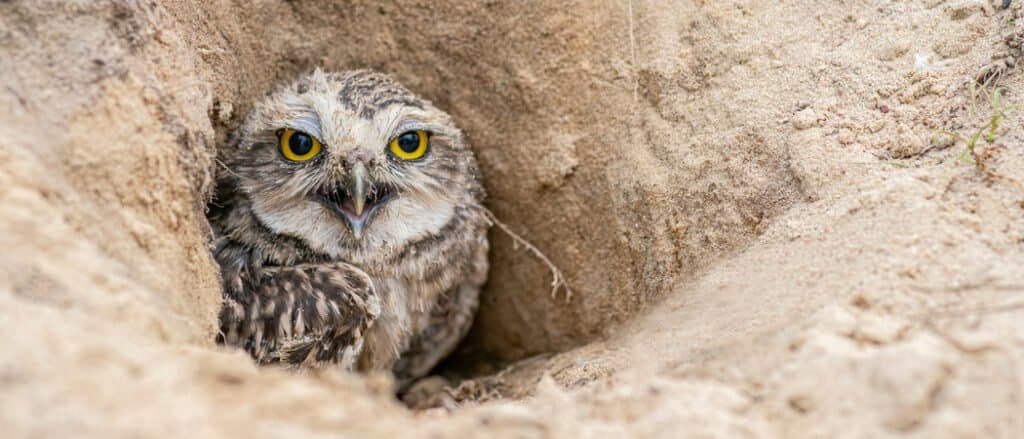
7. Chipmunks
Chipmunks are small, energetic little rodents that will dash across your yard so fast you’ll miss them if you blink. They have strong little legs for scampering across your yard and running up trees. They love to pack their extendable cheeks full of food, looking like they’re playing jazz trumpet. Among the animals that dig holes in your yard, this has got to be the cutest.
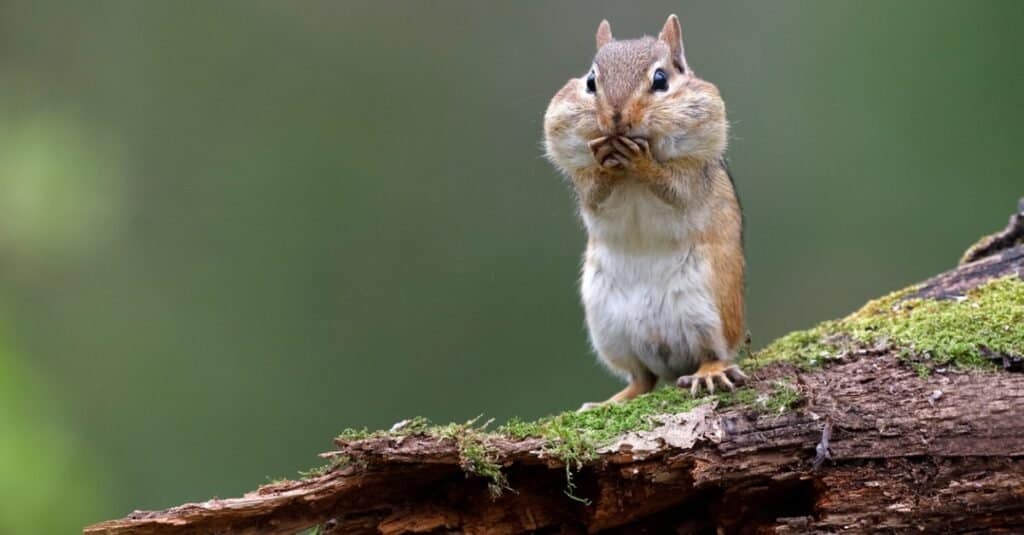
8. Armadillos
Armadillos live mainly in the southern United States and in Central America. They are covered in leather-like armor and have claws designed for digging. They live in forested areas close to a water source like a stream or pond. They come out mainly at night. They dig burrows that can be 15 feet long, and as they are relatively large creatures, those borrows can even cause cement sidewalks to collapse.

9. Rats
Some species of rats prefer to live high off the ground, in trees or attics for example, while others such as the Norway rat burrow near foundations and under shrubbery. Family groups establish new burrows in the summer and fall. As the rats multiply, they add additional tunnels and rooms to accommodate their rapidly growing family. They usually dig down as far as 18 inches, but if they are tunneling next to a foundation, they will go down as deep as four feet to get under the foundation and up into the house.


